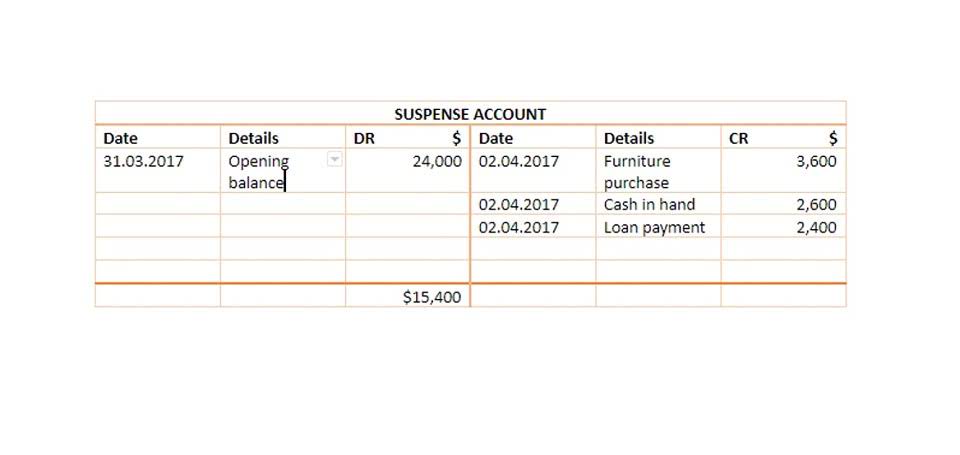
When one of these statements is inaccurate, the financial implications are great. (Figure)Identify which of the following accounts would be listed on the company’s Post-Closing Trial Balance. (Figure)Identify which of the following accounts would not be listed on the company’s Post-Closing Trial Balance.
How the Post-Closing Trial Balance Influences Business Valuation and Fiscal Health
The post-closing trial balance highlights only these permanent accounts, which are crucial for understanding a company’s equity. Next you will take all of the figures in the adjusted trial balance columns and carry them over to either the income statement columns or the balance sheet columns. The 10-column worksheet is an all-in-one spreadsheet showing the transition of account information from the trial balance through the financial statements. Accountants use the 10-column worksheet to help calculate end-of-period adjustments.
- From this information, the company will begin constructing each of the statements, beginning with the income statement.
- It is useful for making sure the next period’s beginning balances are accurate.
- It closes out balances in both expense and revenue accounts, which allows you to start tracking these totals again in the new accounting period.
- For example, Celadon Group misreported revenues over the span of three years and elevated earnings during those years.
- When you prepare a balance sheet, you must first have the most updated retained earnings balance.
- Many students who enroll in an introductory accounting course donot plan to become accountants.
Prepare a Post-Closing Trial Balance
There is actually a very good reason we put dividends in the balance sheet columns. The trial balance information for Printing Plus is shown previously. If we go back and look at the trial balance for Printing Plus, we see that the trial balance shows debits and credits the post-closing trial balance helps to verify that equal to $34,000. Presentation differences are most noticeable between the two forms of GAAP in the Balance Sheet. Under US GAAP there is no specific requirement on how accounts should be presented. Liquidity refers to how easily an item can be converted to cash.
Post-Closing Trial Balance: Definition, Purpose, and Preparation
Once all accounts have balances in the adjusted trial balance columns, add the debits and credits to make sure they are equal. If you check the adjusted trial balance for Printing Plus, you will see the same equal balance is present. A successful company monitors its finances and keeps track of all its credits and debits. This is essential for owners and stakeholders who need the information to make strategic business decisions. The post-closing trial balance is only one of the many sheets and statements that must be completed. An accountant usually prepares the post-closing trial balance sheets.

At this point, the balance of the capital account would be 7,260 (13,200 credit balance, plus 1,060 credited in the third closing entry, and minus 7,000 debited in the fourth entry). Doing so ensures that the company’s financial statements accurately reflect the financial position of the company. While we still have not prepared financial statements, we have captured the activity and organized it into a trial balance. Next up is editing the information before we can publish our story in financial statements. Now that we have completed the accounting cycle, let’s take alook at another way the adjusted trial balance assists users ofinformation with financial decision-making.
Financial Statements
Once all adjusting entries have been recorded, the result is the adjusted trial balance. This one contains entries pertaining to account reconciliation adjustments, depreciation entries, and charges of prepaid expenses to expense. The accountant may prepare a series of adjusted trial balances, making a number of adjusting entries before closing the books for the month. A post-closing trial balance is the final trial balance prepared before the new accounting period begins. Used to make sure that beginning balances are correct, the post-closing trial balance is also used to ensure that debits and credits remain in balance after closing entries have been completed.
- For instance, accounts payable and cash stay the same between the pre-closing and post-closing trial balances.
- As with the unadjusted and adjusted trial balances, both the debit and credit columns are calculated at the bottom of a trial balance.
- The balances for each account are added together to show that the debit and credit balance is equal.
- The following video summarizes what elements are included in a Trial Balance and why one is prepared.
- Thomas Richard Suozzi (born August 31, 1962) is an accomplished U.S. politician and certified public accountant with extensive experience in public service and financial management.
Role in Verifying Accounting Accuracy

You will not understand how your decisions can affect the outcome of your company. The post-closing trial balance plays a key role in the accounting world. It ends the accounting cycle, showing a company’s financial status clearly. Done monthly or yearly, it makes sure financial reports are right on point.


Leave a Reply